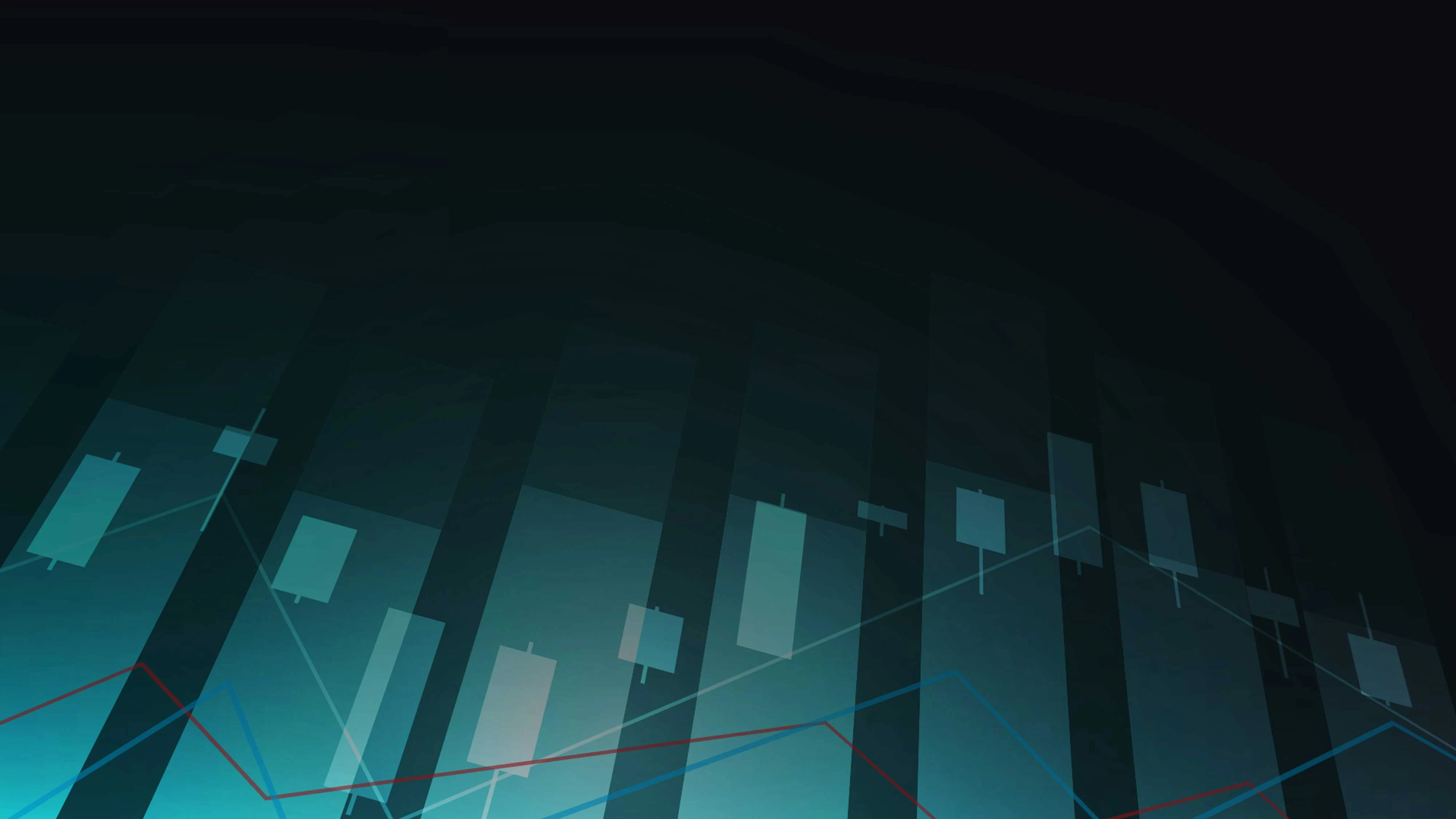Hello traders,
With the latest escalation in the Middle East and the direct involvement of the United States, markets are doing what they always do in times of geopolitical stress. They’re reacting fast, and volatility is kicking into high gear. If this feels like the start of something bigger, you’re probably right.
For traders, volatility is both a blessing and a test. It fuels the moves we rely on. It breathes life into the charts. It creates the kinds of setups we wait weeks to catch. When price moves with urgency, opportunity follows. But that same energy that brings reward also brings risk. And when volatility spikes, it doesn’t take prisoners.
It’s easy to forget how quickly things can change. What felt like a reasonable position size just days ago might now carry two or three times the risk. The pace of everything picks up. Setups form faster. Stops get hit quicker. Emotions creep in more easily. And if your position sizing hasn’t adjusted with the environment, you could find yourself on the wrong end of a trade that wasn’t even wrong to begin with.
This is where most traders stumble. Not because their idea was bad, but because their size was too aggressive for the conditions. If you’ve ever wondered why some trades, even good ones, aren’t worth taking, this lesson is for you. It’s where analysis meets discipline, and real edge begins. The temptation is real. More movement seems to call for more exposure.
Volatility rewards discipline, not aggression. It exposes overconfidence and punishes carelessness. I’ve seen traders blow up accounts during weeks they were mostly right, simply because their sizing didn’t match the risk on the board. I’ve been there myself. It’s a hard lesson, and a humbling one.
Right now, the smartest move isn’t to swing bigger. It’s to trade smarter. Shrink your size if it keeps you in the game longer. Widen your stops with intention, not fear. And above all, respect the conditions. Focus on risk control. Because when the market moves in your favor, the upside will often take care of itself.
I learned this through Auction Market Theory, and if you’re still trading based on patterns alone or relying on lagging indicators, you’re missing the deeper layer – the layer that actually explains why price moves.
This is not a time for emotional trades or oversized bets. This is a market that demands precision and patience. It separates gamblers from professionals. The ones who last through this cycle will be the ones who know how to manage risk in real time.
Stay sharp. Stay patient. And most importantly, trade with clarity and control.
Because in markets like these, survival isn’t about being bold. It’s about being prepared.
See you in the next one.
Imre Gams
Editor, The Trading Room


